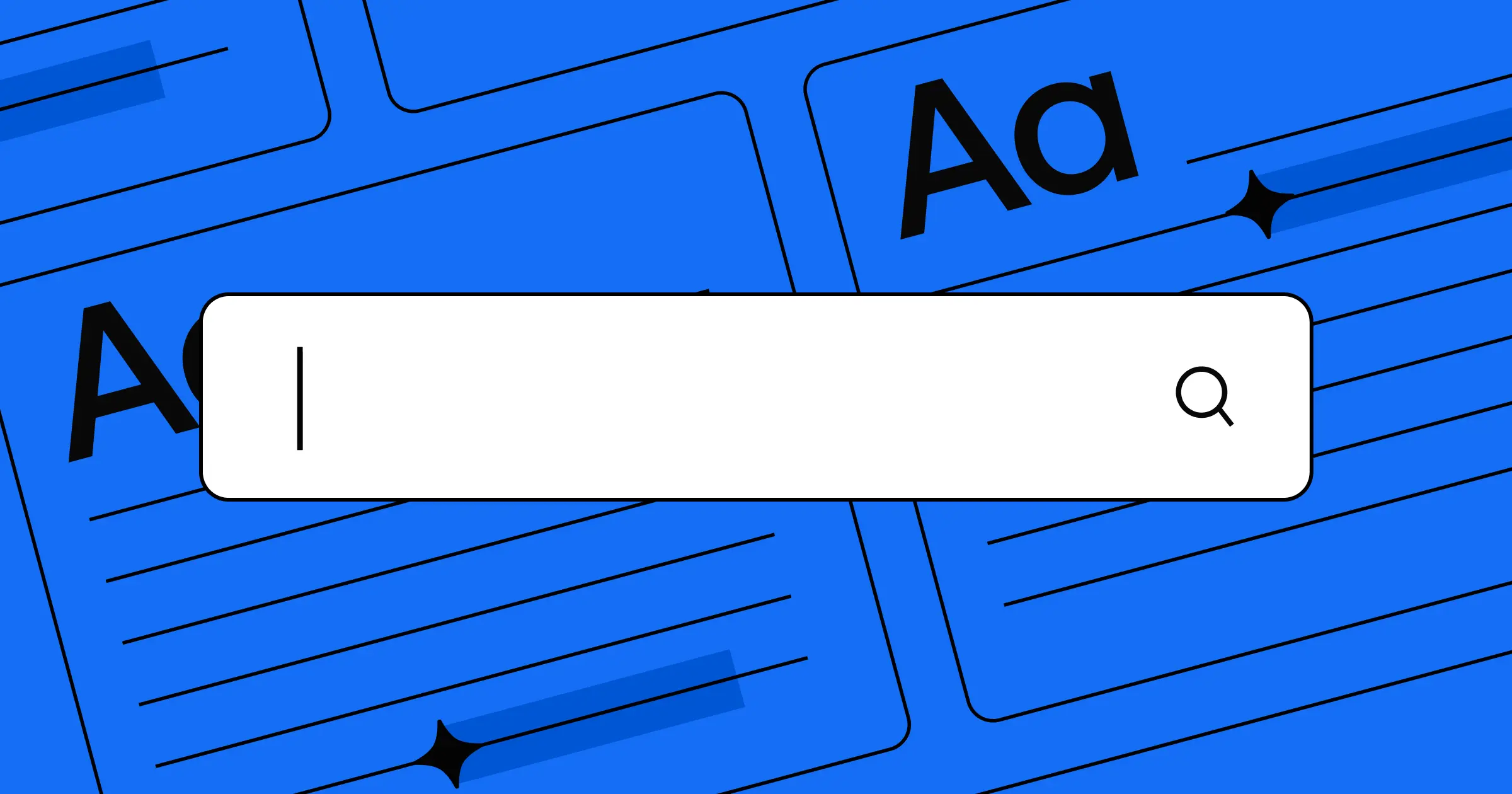Kendra Rainey, strategy and content lead at Edgar Allan, believes that content that tells a story is the key to better web and brand experiences.
In her No-Code Conf 2021 talk, Kendra explains how embracing a content design mindset empowers your team to tell stories that connect with your audience. She broke it down into three big ideas: experience is a narrative, content is design, and brand is a club.
Experience is a narrative
When you view a website as a narrative, it shifts your entire mindset. Instead of seeing the site experience as boxes and interactions, you begin to view it as a vehicle of communication. And that’s important because stories are the fundamental lens from which we see the world.
“The first things we learn are through stories and the ways we best connect are through narratives… we are tuned to search for the emotional thread and the devices and conventions of story whenever we’re gathering information or learning or experiencing something.”
But for narratives to be successful, they must be consistent, support a clear goal, and have a logical flow that makes information accessible to the people who need it. That’s why content people should be involved from the beginning, when the story is being formed. Think of it this way — would you illustrate an entire graphic novel and then bring in the writer? Probably not. Unfortunately, that’s essentially what often happens in web design.
Collaborate early on to prevent silos
Lack of cross-discipline collaboration turns web design into a relay race, with the baton passed between designers, developers, and writers. Everyone works on the project independently — creating silos that lead to inconsistencies across the design.
Poor collaboration happens when strict lines are drawn around each discipline. Kendra explains that while web development was once the domain of a few specially-trained people, no-code tools have opened up new possibilities.
“No-code tools like Webflow and others changed the game… it gave designers more power to follow a project through to completion and shape it right up until launch… it gives developers a lot of possibilities and freedoms, too…. No-code tools and and a no-code mindset makes collaboration with various groups of less technical people possible, like writers for instance.”
Kendra recommends bringing everyone to the table early in the process. Kick off projects with a formal content discovery with writers, UX designers, brand, and stakeholders. Discuss the major elements of the project — audience needs, goals, language and voice, and site structure.
When you plan for collaboration, the entire team can share knowledge and align earlier on in the creative process. Then, you can make more informed decisions about what type of research is needed and how to structure the site. And if you can’t host a discussion — just start writing. Kendra explains that even writing out the basic structure of each page and thinking through the site will help with everything from wireframes to design directions later on.
Content is design
There’s no separating content and design on the web — on good websites, anyway. Kendra stresses that writers are not simply fillers of character counts — they’re designers who happen to use words.
Remember: experience is a narrative, and who has a keener sense of narrative than writers? When paired with UX folks, designers, and strategists, writers can help unlock the best user experiences.
Adopt a content design mindset to build stronger narratives
When you put content on the same level of importance as other design elements, you switch from building a site to building a story. Kendra explains how to make that happen.
First, give content designers the ability to affect layout. Let them play with text and make suggestions about the look and flow of the site. This feedback should work both ways — designers should also be encouraged to speak up about elements like headlines that feel off or text that doesn’t quite suit the target audience. Kendra’s team uses tools like Figma and the Webflow Editor to bring writers into the design process.
Next, set the intent of the website with a site outline as opposed to a sitemap. Sitemaps are useful, but hard for non-designers to understand. Creating a site outline forces the team to consider the intent of each section of the site. Not only does this allow UX and content design folks to align early on, but it also makes it easier to present to clients.
Apply notional design principles to copy
You’re probably familiar with notional design — using moodboards and other methods that capture the vibe of a design before you make it real. Kendra likes to apply this concept to copy, as well.
Notional copy swaps out basic lorem ipsum text for specific, directional text. For example, “bold benefit-focused headline about the usability of our product” versus just “headline.” Or, “short, punchy testimonial copy from a restaurant owner talking about how our POS makes a difference in how their business runs” instead of a lorem ipsum block for testimonials.
Approaching content this way provides more details about how information will be presented in the final product. Notional copy also makes it easier to spot and address content gaps.
Brand is a club
Brand is a club that you build around a product or service — so you have to create a club that people want to be a part of.
Kendra acknowledges that brand strategy can be intimidating, so she breaks it down into three main elements: position, vibe, and story.
Your brand position is a strategic calculation that comes from audience, trend, and competitor research. Vibe is your brand’s voice, tone, and personality — essentially how your brand acts and lives online. Story is the narrative your brand tells. The goal is to bring these aspects together to create a story that people want to be involved in.
The problem is, as brand personalities and stories evolve, brand owners are often blocked from updating their website to reflect that evolution.
Keep brand involved in experience creation
Don’t just grab the research and send brand strategists on their way before design and content creation even begin. Keep them around throughout the process so they can advise on how best to use the research and insights and help build more consistent narratives.
Adopting a content design mindset helps you move away from the relay race style of content creation and towards a more collaborative, cohesive narrative. Blur the lines between disciplines a bit and empower people to contribute all throughout the web design process.
“There’s never been a better time to do this because of the power no-code tools like Webflow and others give us…Pre no-code, designers didn’t design experiences — they designed flat things. Writers certainly didn’t advise on site structure, they worked in Word docs and filled boxes…No-code tools changed everything.”
Coding skills used to be the bouncer blocking other creatives from joining the brand club. With no-code, everyone can get in.
The second wave of no-code is for writers
The first wave of no-code was for designers and developers — giving them more options and tools to build together. The second wave is all about storytelling, which is why content design is more important than ever.
“With Webflow and other no-code tools, I — the no-codiest of no-code people — can see a table, [from] there I can improve story, accessibility, clarity, and audience focus. I can deeply affect how the digital experiences we create for our clients work.”
To hear more about how to adopt a content design mindset, watch Kendra’s full presentation.



















Webflow TV
Original and highly curated storytelling through journeys of creativity, entrepreneurship, and designing outside the lines.































